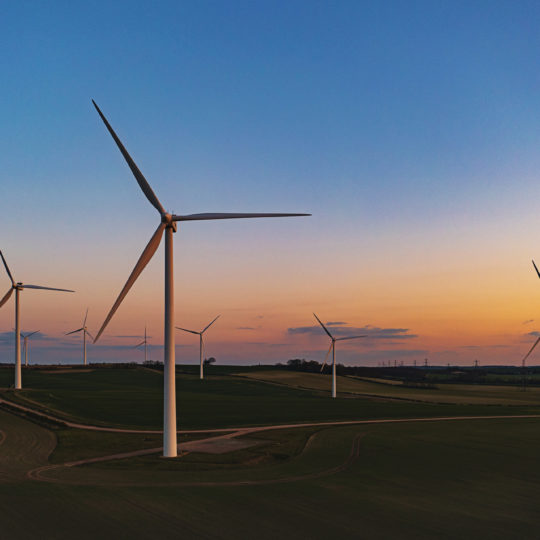Our Commitment To Being Sustainable
At Thurston Group, we are passionate about the environment, and we are constantly striving to be more sustainable in everything we do. We are proud of our reputation as one of the UK's leading modular building manufacturers,
View More